
Background information
6 Q&As on Sony’s global shutter
by Samuel Buchmann
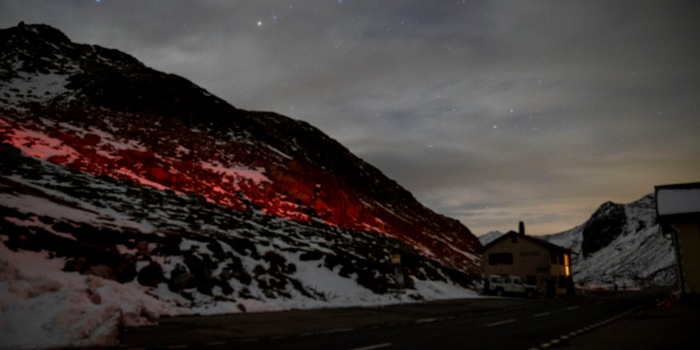
A night in one of the darkest places in Switzerland will hopefully provide some answers: how much or how little light do smartphones need to take pretty pictures in the dark?
It’s dark. My Ford F-150 Shelby makes the steep climb from Landquart to Davos. A long tunnel, hairpin curves. All I can see are the cones of light coming from my headlamps. There’s a stack of smartphones in the middle console. Among them lie the Huawei P40 Pro and the Oppo Find X2 Pro, representing the flagships. Then there’s the Samsung Galaxy S20 as a representative of the upper mid-range, and the Mara Z1 to show us what the low-range is capable of.
The goal: find out how much each smartphone can achieve with how little lighting.
You might think that all it takes to do this experiment is a quick trip to the Uetlibeg after work. You would be wrong. Because the city of Zurich has a lot of light pollution.
And it’s precisely this light pollution that helps the typical night mode found on smartphones to succeed. Light pollution makes Zurich nights up to 2,000 times brighter than a clean night would be – and that’s what cameras abuse to snap impressive night pictures. The light blue or orange skies are a result of this.
It’s not the polluted pink or white parts that interest me. I’m looking for the exact opposite. I’m looking for the last few places in Switzerland with no light pollution at all – or with as little of it as possible. Then, it’s high time: a bag of M&Ms into the centre console, and off into the night I go. What about the cost of gas? Well, what about it?
I decide to journey to the Flüela Pass. Not just because this especially dark place also happens to be close to Eastern Switzerland; also because there’s a really cute hospice there.
Midnight marks the beginning of the test. The thermos flask is filled with coffee – Beyond Black from Black Rifle Coffee Company – and the outside temperature is just above freezing. The mountains are blanketed in snow.
Night mode on the Huawei P40 Pro doesn't quite deliver the idyllic night scene it was supposed to. That much is clear after a quick glance at the phone screen. But on the laptop, it looks downright bad.
The P40 Pro’s main camera sensor is quite large. It delivers an image resolution of 12 megapixels at 1/1.28". The lenses can go down to f/1.9. The 1/1.54" sensor of the 40 megapixel ultra wide-angle lens goes down to f/1.8. But neither is enough to produce any sort of pleasing image with an exposure time of eight seconds. I can at least recognize mountains and a few blurred stars, though. The camera exposed around for seven seconds, then did some calculating.
In general, Oppo wins when it comes to nighttime shooting. Oppo's night mode on the flagship Find X2 Pro makes day-bright images out of dark city nights. The almost-flagship – the Reno 4 Pro – does the same. But the phone can't cope with the darkness of the Flüela Pass.
Turns out the Oppo Find X2 Pro needs more light pollution to make something of the scene. Even the 1/1.43" sensor behind the 48-megapixel wide-angle lens and the 1/2.0" sensor behind the 48-megapixel ultra-wide-angle lens are of no help.
To be honest, I'm not quite sure if this is even the same mountain scene I’m trying to compare. The lenses and sensors simply didn't provide enough data for the software to do anything clever.
Neither Plus nor Ultra. The Samsung Galaxy S20 valiantly holds its own in the upper mid-range of smartphones, if only because of the iconic «Galaxy» nomenclature.
In night mode – with ISO 3200 and an exposure time of 1/3s at f/1.8 – the mountains are visible, but the image isn’t really usable. Nevertheless, it’s reputable work for a phone that, according to the manufacturer, isn’t supposed to be a flagship, and for which we therefore have to expect some reduction in quality.
Sporting a price tag of just under 200 francs (plus some change in delivery charges), I have zero expectations for the Mara Z1 in one of the darkest places in Switzerland. If I were to now do this test according to my expectations, my expectations would be more than fulfilled. Because this picture is... nothing.
But other low-end phones should perform okay at night by now. Probably not in the real dark of night, but in the city of Zurich, even a low-end phone should give you a reasonably good orange sky.
I’d actually be happy to test that out. Let me know in the comments below if that’s something you’d like to see.
Is that it? Is the result of this experiment simply failure? Does night mode need light pollution to work properly, or could the tiniest touch of light be enough? As it turns out, there’s a red light from an antenna on the other side of the hospice, illuminating the parking lot where the truck is parked.
The Oppo Find X2 Pro does an impressive job here once more. Just a little light and night mode takes hold.
Anyway. Sipping what feels like my fourth cup of coffee, I feel inspired to add a «phase two» to the experiment: pro mode. The sensors and lenses of the phones must have more to give. I need a small tripod for this to work, since I’ll be relying on the phone’s long-duration shutter speed function.
Unfortunately, the Mara doesn’t have a pro mode, so it’s out of the race. What a shame. Maybe it’s successor will stand a chance. The Sony a7sii is also participating in the experiment so I can compare pro mode to something from a real, big camera that photographers use.
The methodology of the spontaneously conceived phase two is the following: I play around with pro mode until I get a picture I like.
Pro mode on the Huawei P40 Pro is slightly annoying to use. The menu icons are a bit small for touch input. The results can certainly be seen, though.
The metadata:
There’s distinct noise in the lower right corner, but the picture is at least social-media-suitable enough. On the technological side, it really is impressive. The stars are clearly visible, the snow-covered mountains look nice. The camera does a good job.
When it comes to night mode, Oppo proves it’s ahead of the game this year. It needs more light than the Huawei P40 Pro, but the software makes more of the data the camera receives. Its pro mode, however, is quite the ripsnorter.
The metadata:
Whoa, now. The Samsung Galaxy S20 is far from being the disappointment the S20 Ultra is, in terms of the camera. It’s even pleasantly surprising. The stars are a bit excessively soft-focused and blurry here and there. But there are clouds, and there’s a clear reflection in the lake. It’s decent photography.
The metadata:
For comparison, here’s the same long-exposure panorama taken with the Sony a7s ii lens. If the phone manufacturers insist on boasting that they can keep up with the big cameras, they surely wouldn't shy away from a direct comparison.
The metadata, for the sake of completeness:
This is the JPG image the camera took. The camera records RAW at the same time, but I deliberately ignored that for this test. I want to know what the camera thinks of the darkness and what it does with it.
In terms of photography, it’s far more difficult to get the Sony to focus on the mountain. And it’s even more difficult check the resulting image on the Sony’s small screen to detect any potential errors in the focus setting. A nice six-point-something AMOLED display with a touchscreen and zoom is quite helpful in this regard.
Night mode is the feature that best showcases what the software does. If you see orange or blue skies, you’re seeing light pollution. It’s what the software uses to recognize colours and then artificially recolour the images. So, you’re not really seeing the true picture anymore; you get a Photoshop image that’s ready for use.
However, if you take away the light pollution, night mode quickly fails. It actually doesn't take much light for it work. A single red lamp at night suffices to give night mode enough light information for decent editing; and this at an exposure of just a few seconds.
But best of all: the thermos bottle has kept my coffee warm overnight. So, I get to enjoy one last cup of Beyond Black before making my way back down the mountain.
Journalist. Author. Hacker. A storyteller searching for boundaries, secrets and taboos – putting the world to paper. Not because I can but because I can’t not.
Interesting facts about products, behind-the-scenes looks at manufacturers and deep-dives on interesting people.
Show all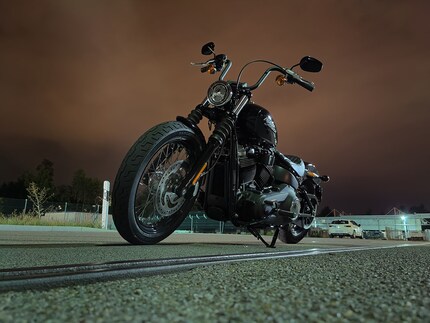
So, a quick after-work trip is not in the cards. Because even when our weak, mere-mortal eyes are blinded by the utter darkness engulfing us, a machine can see much, much more. Animals also see much more than humans and suffer correspondingly under the garish city skies. The Dark-Sky association has risen to the task of combatting this problem. Aside from information and polemics about light pollution, Dark-Sky provides a map of the lightest places in Switzerland.
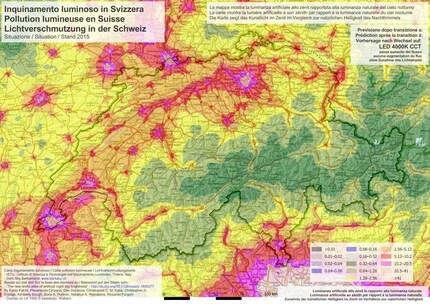
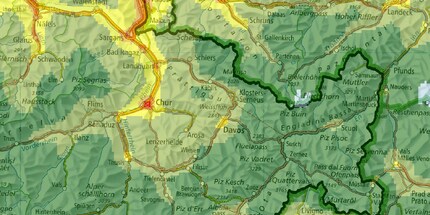
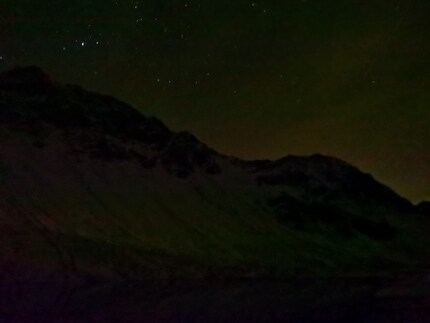
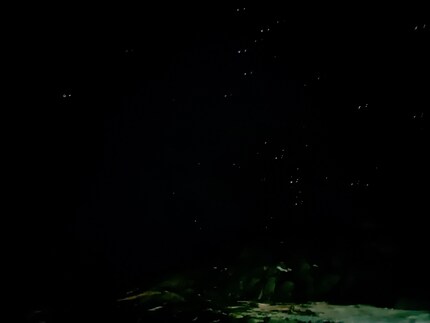
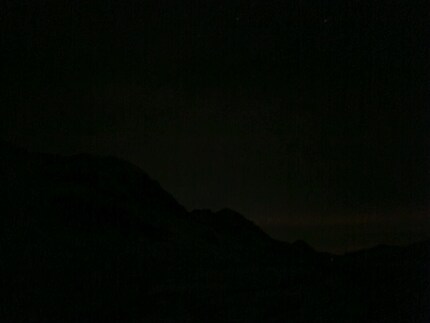
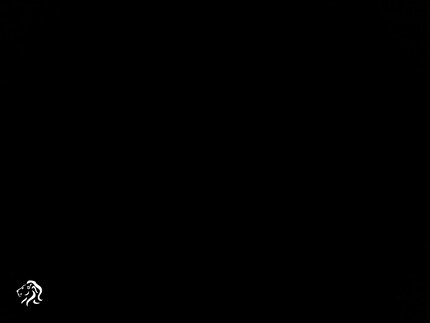
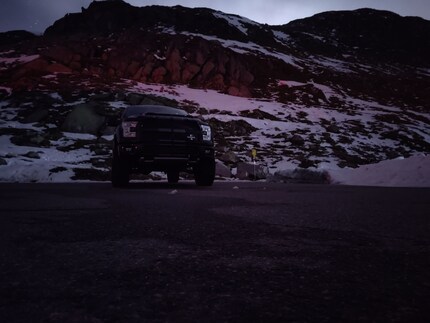
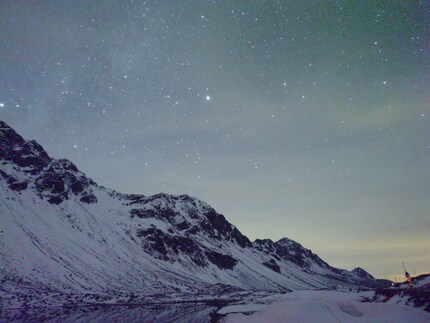
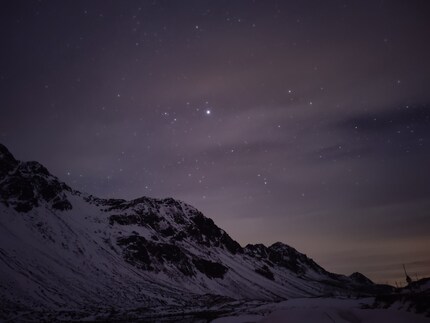
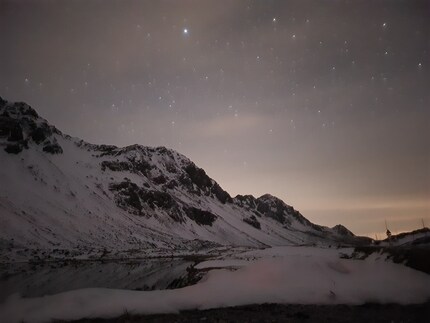
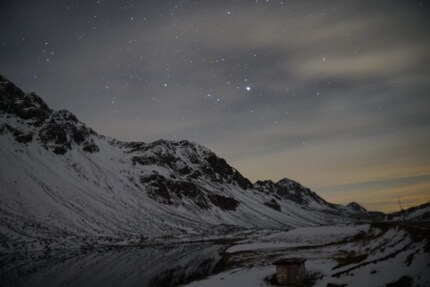
But in real, natural darkness, you're better off acquiring some minimal knowledge of photography, carrying around a tripod and having a warm cup of coffee to sip on the mountain while the camera does its thing. And trust me: you will need the warm coffee. Because after you’ve initially set up your phone camera, you’ll realise the screen is pitch-black and you have no idea what the camera is actually pointing at. So, you’ll need to take at least two long-exposure pictures. The first, so you can actually see what’s in the frame. The second, so you can set the focus correctly.
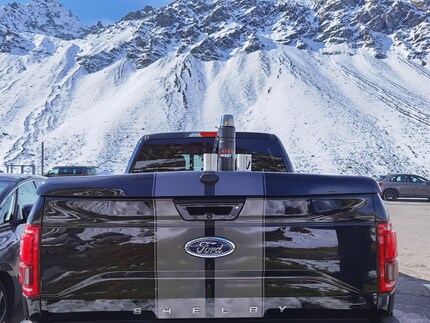
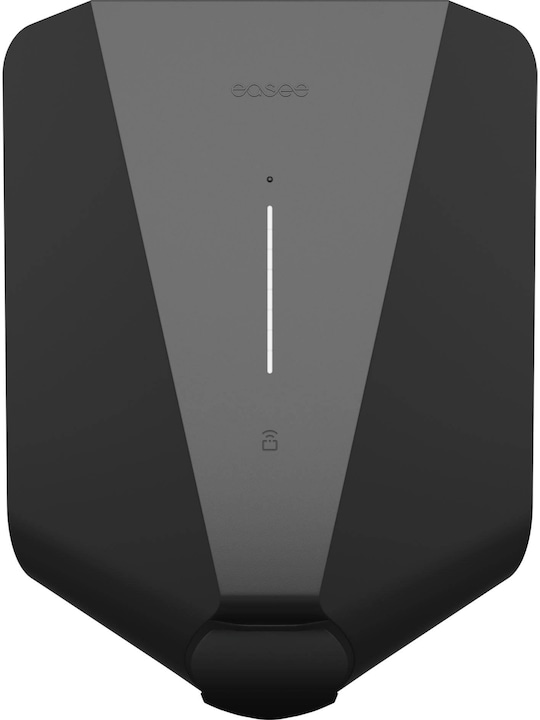
Easee Wallbox Charge UP 22KW
Type 2, 22 kW, 32 A, Hard wired